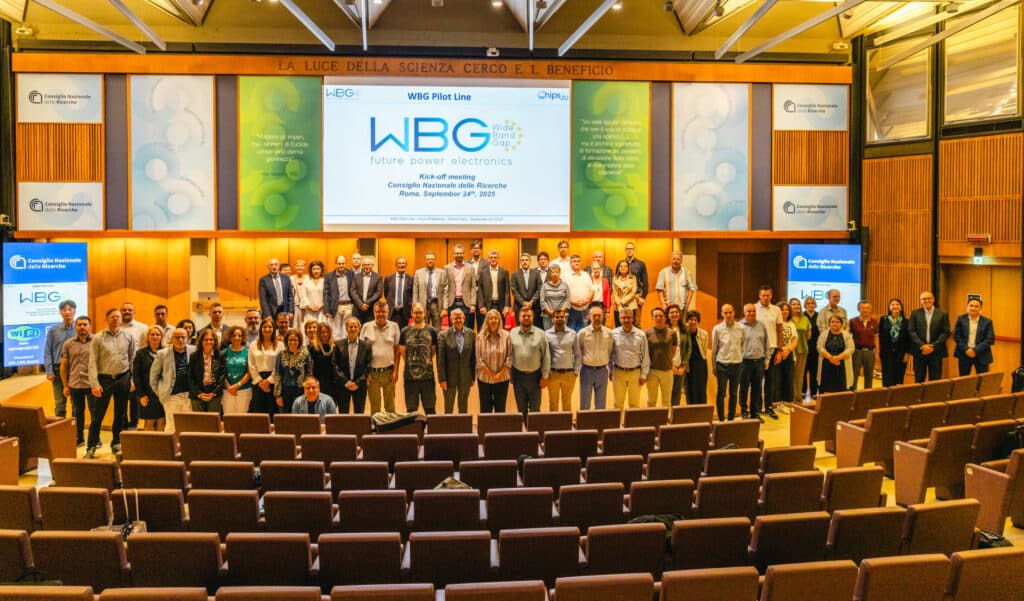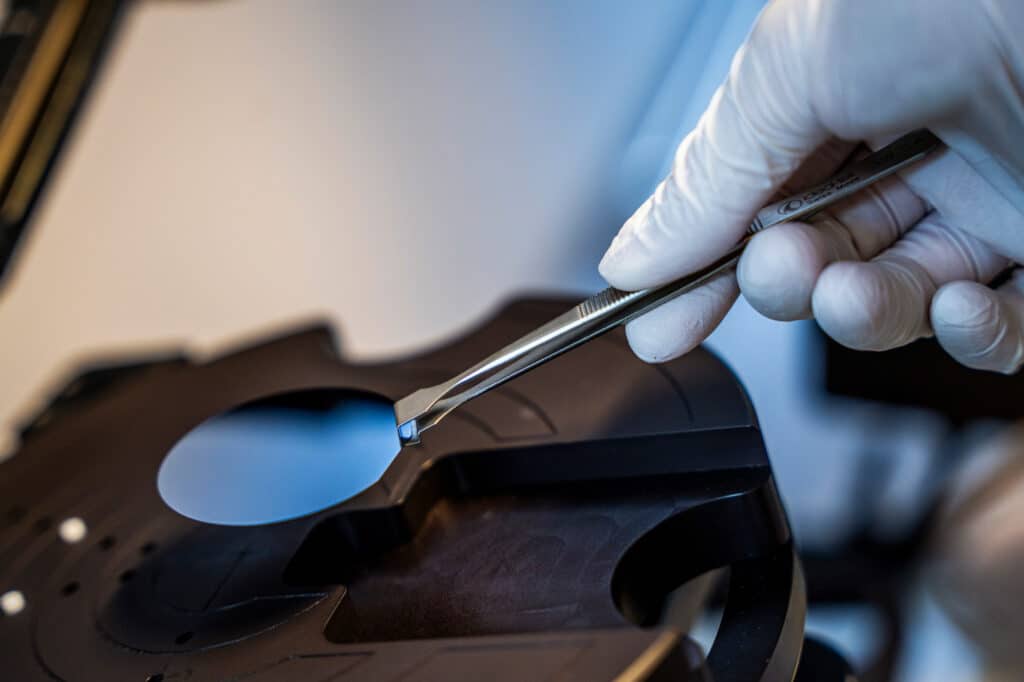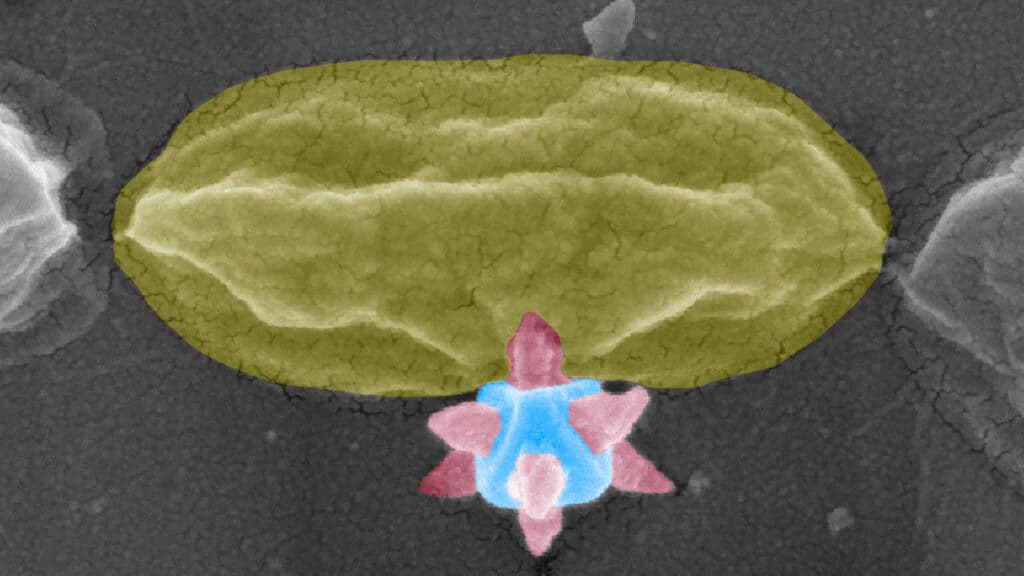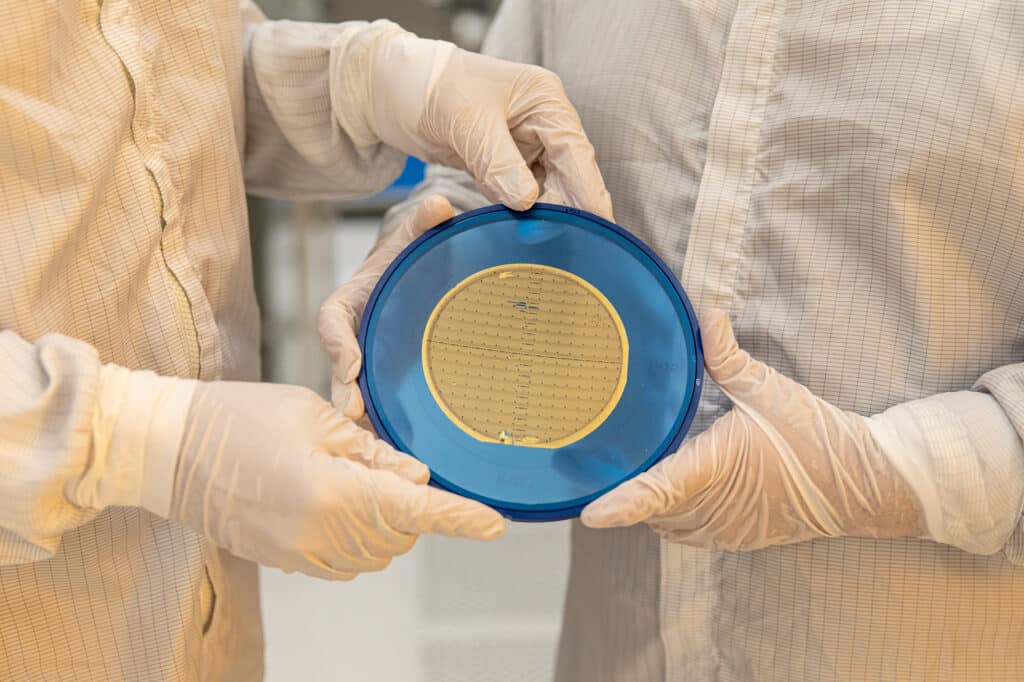European research institutions and industry partners gathered in Rome for the official kick-off of the Wide Bandgap (WBG) Pilot Line project. Myfab KTH, Lund and Chalmers together with Linköping University will serve as nodes for the development and testing of these technologies.
The WBG Pilot Line project aims to establish a European infrastructure for the development and integration of advanced semiconductor materials and devices, including SiC bipolar, GaN RF, and ultra-wide bandgap technologies. These innovations are expected to significantly enhance the performance and efficiency of power electronics across sectors such as energy, mobility, and telecommunications.
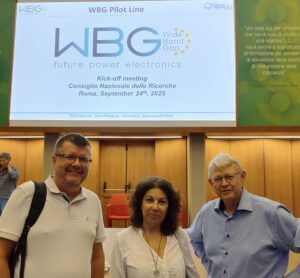
The event marked the beginning of a collaborative effort to develop next-generation power electronics based on wide bandgap semiconductor technologies.
The agenda featured presentations from representatives of the European Commission, national ministries, and leading research organizations such as CNR, Fraunhofer IISB, CEA LETI, and FBK. Swedish partners, including Vanya Darakchieva from Lund University, highlighted Sweden’s role in advancing ultra-wide bandgap semiconductors and device integration.
The project is structured around ten work packages, covering everything from material development and device fabrication to dissemination and training. Myfab’s involvement ensures that Swedish research infrastructure remains at the forefront of European semiconductor innovation.

